Hi Vis Shirt Reflective Viking Skull Raven Symbol US Flag Custom Name
29.99 $ – 59.99 $

The Importance of Hi-Vis Clothing in Safety and Culture
High-visibility (hi-vis) clothing plays a crucial role in ensuring the safety of individuals in various work environments, particularly where high-risk activities take place. The primary function of wearing hi-vis garments is to enhance visibility, which is essential in preventing accidents, especially in low-light conditions. The bright colors and reflective materials used in hi-vis clothing significantly increase the wearer’s visibility to others, making it easier for workers to be seen by machinery operators and drivers. This increased visibility is especially critical in fields such as construction, road maintenance, and emergency services, where a momentary lapse in awareness can lead to severe consequences.
Beyond the practical safety benefits, hi-vis clothing also serves as a symbol of professionalism and commitment to safety culture within organizations. By equipping employees with designated hi-vis attire, employers not only comply with safety regulations but also cultivate an environment that prioritizes the well-being of their workforce. This practice fosters a shared understanding of safety standards and encourages employees to take personal responsibility for their safety and the safety of their colleagues.
In addition to functionality, hi-vis clothing often integrates cultural symbols into its design, creating a blend of safety and personal expression. For instance, reflective Viking skulls and raven emblems are examples of motifs that can be found in certain hi-vis gear. These symbols, deeply rooted in historical significance, evoke a sense of strength and resilience. By incorporating such imagery into safety attire, manufacturers bridge the gap between traditional symbolism and modern workplace safety. The presence of these culturally significant designs not only enhances the aesthetic appeal of hi-vis clothing but also allows individuals to express their identity while promoting a critical safety message. Ultimately, this fusion of safety and culture encourages a deeper appreciation for the vital role that hi-vis clothing plays in today’s working environments.
Decoding the Viking Skull and Raven Symbol in Hi-Vis Fashion
The Viking skull and raven symbols have deep roots in Norse mythology, serving as powerful representations of strength, bravery, and protection. The skull, often associated with warriors and their fierce spirit, denotes an unyielding persona that embraces challenges with courage and determination. In ancient Viking culture, such symbols were not just decorative; they carried significance, evoking a sense of fearlessness among those who sported them. This association has made its way into modern fashion trends, particularly in the realm of hi-vis shirts, where these symbols embody a bold identity without sacrificing safety.
The raven, on the other hand, stands as a sentinel of wisdom and foresight. In myths, ravens are known as Odin’s messengers, suggesting that wearers of attire adorned with this emblem might wish to channel the intelligence and strategic thinking akin to the Norse god. The juxtaposition of the skull and raven in hi-vis clothing creates a striking aesthetic that appeals to contemporary consumers, merging functionality with a deep historical narrative. As the popularity of hi-vis apparel grows, so does the demand for unique designs that incorporate elements characterizing strength and vigilance.
Hi-vis shirts equipped with reflective designs featuring these symbols allow individuals to express themselves while ensuring safety in various environments. By choosing garments that exhibit Viking skulls and ravens, wearers are making a statement that they embrace their adventurous spirit, all while prioritizing visibility. Brands in the fashion industry have creatively utilized these symbols to enhance the appeal of hi-vis shirts, proving that safety and style can coexist harmoniously. Through this modern representation, these age-old emblems resonate with a new generation seeking to assert their individualism in a world where appearance matters as much as functionality.
| Types | LONG SLEEVES, Hawaiian Shirt, Polo Shirt, T-SHIRT, NORMAL HOODIE, ZIPPED HOODIE |
|---|---|
| Size | S, M, L, XL, 2XL, 3XL, 4XL, 5XL |
Be the first to review “Hi Vis Shirt Reflective Viking Skull Raven Symbol US Flag Custom Name” Cancel reply
Shipping
All our clothing/apparel are created On Demand and Cut and Sewed by hand! This means once you order a product the printing process starts. We use the best printers in the biz to ensure a great end product. Now… we can tell you all about how we print and what our process is, but it would be far easier to show you. This is why we created the video below of one of our production facilities:SHIPPING TIMES:
We provide shipping to over 200 countries around the world. However, there is some location we are unable to ship. If you happen to be located in one of those countries we will contact you. You will receive an email once your order is shipped that contains your tracking information. If you don’t receive the tracking information within 5 days, please contact us: support@workwearcustom.com. How long shipping takes really depends on where you are from. To make it easy for you we created this simple table to help you estimate:| LOCATION | *ESTIMATED SHIPPING TIME |
| United States | 7 – 15 business days |
| Mexico, Brazil, South Africa | 10 – 20 business days |
| Rest of the world | 10 – 20 business days |
SHIPPING OPTIONS:
US, Canada, Australia, Europe: Free shipping: Order over $100 Standard Shipping: $8.95. Insurance Shipping $12.95. International Shipping: Free shipping: Order over $100 Standard Shipping: $8.95. Insurance Shipping $12.99. Expedited shipping (3-10 days): Free ship by Expedited shipping methods (DHL/UPS line/Fedex/USPS/Yun Express…) for orders over 10 items + STANDARD SHIPPING: You can choose Standard Shipping at a cheaper cost but if the goods are lost when shipped, we will not refund you, if the goods you receive are defective, broken, … but cause not by you, we will send you a replacement product or refund you (if you want the refund, you need to send the package back). Free shipping is regarded as standard Shipping + SHIPPING WITH INSURANCE? Because there is always a risk that goods in transit may be damaged, lost or delayed, you can choose to transport with Insurance. When your goods have any errors due to shipping, we will immediately send you another product or refund you without asking for any whatever. Besides opting for transportation insurance, making sure the goods are packed safely and securely also mitigates any loss. Expedited shipping is regarded as a shipping with insurance. NOTE: We send orders to ordering shipping address, not the person on it. Please make sure your shipping address is written correctly to avoid any inconvenience.Related Products
 White
White Light Blue
Light Blue Light Blue Colour
Light Blue Colour Light Pink
Light Pink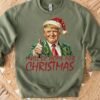 Military
Military S Sand
S Sand S Sport Grey
S Sport Grey S White
S White Sand
Sand Sand Colour
Sand Colour Sport Grey
Sport Grey White Colour
White Colour Black
Black Black Color
Black Color Black Colour
Black Colour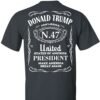 Dark Heather
Dark Heather Dark Heather Color
Dark Heather Color Military
Military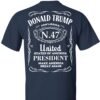 Navy
Navy P Black
P Black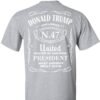 P Sport Grey
P Sport Grey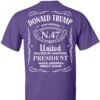 Purple Color
Purple Color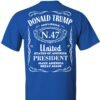 Royal
Royal Sport Grey Color
Sport Grey Color Sport Grey Colour
Sport Grey Colour Black
Black Black Color
Black Color Black Colour
Black Colour Dark Heather
Dark Heather Dark Heather Color
Dark Heather Color Military
Military Navy
Navy P Black
P Black P Sport Grey
P Sport Grey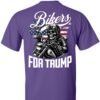 Purple Color
Purple Color Royal
Royal Sport Grey Color
Sport Grey Color Sport Grey Colour
Sport Grey Colour Black
Black Black Color
Black Color Black Colour
Black Colour Dark Heather
Dark Heather Dark Heather Color
Dark Heather Color Military
Military Navy
Navy P Black
P Black P Sport Grey
P Sport Grey Purple Color
Purple Color Royal
Royal Sport Grey Color
Sport Grey Color Sport Grey Colour
Sport Grey ColourSay No To The Hoe Vote Trump Shirt | Trump Republican Shirt | Trump Supporter Shirt Dark T1570 – GOP
 Black
Black Orange
Orange Red
Red White
White Light Blue
Light Blue Light Green
Light Green Light Pink
Light Pink Navy Blue
Navy Blue Yellow
Yellow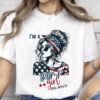 White
White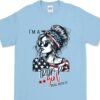 Light Blue
Light Blue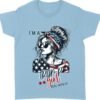 Light Blue Color
Light Blue Color Light Blue Colour
Light Blue Colour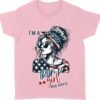 Light Pink Color
Light Pink Color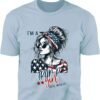 P Light Blue
P Light Blue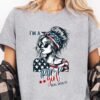 P Sport Grey
P Sport Grey P White
P White Sport Grey
Sport Grey Sport Grey Color
Sport Grey Color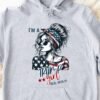 Sport Grey Colour
Sport Grey Colour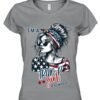 V Sport Grey
V Sport Grey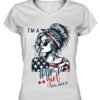 V White
V White White Color
White ColorI’m A Trump Girl Deal With It Shirt | Political Tee Shirt | Trump Supporter Shirt Bright T1572 – GOP
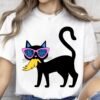 White
White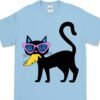 Light Blue
Light Blue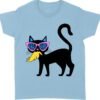 Light Blue Color
Light Blue Color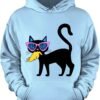 Light Blue Colour
Light Blue Colour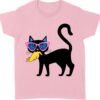 Light Pink Color
Light Pink Color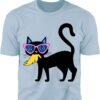 P Light Blue
P Light Blue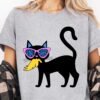 P Sport Grey
P Sport Grey P White
P White Sport Grey
Sport Grey Sport Grey Color
Sport Grey Color Sport Grey Colour
Sport Grey Colour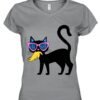 V Sport Grey
V Sport Grey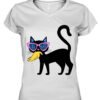 V White
V White White Color
White Color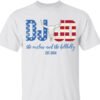 White
White Light Blue
Light Blue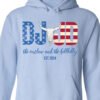 Light Blue Colour
Light Blue Colour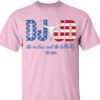 Light Pink
Light Pink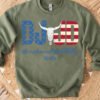 Military
Military S Sand
S Sand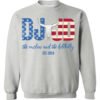 S Sport Grey
S Sport Grey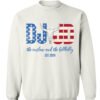 S White
S White Sand
Sand Sand Colour
Sand Colour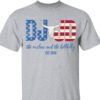 Sport Grey
Sport Grey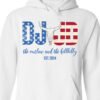 White Colour
White Colour White
White Light Blue
Light Blue Light Blue Colour
Light Blue Colour Light Pink
Light Pink Military
Military S Light Pink
S Light Pink S Sand
S Sand S White
S White Sand
Sand Sand Colour
Sand Colour Sport Grey
Sport Grey White Colour
White Colour White
White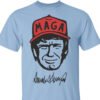 Light Blue
Light Blue Light Blue Colour
Light Blue Colour Light Pink
Light Pink Military
Military S Sand
S Sand S Sport Grey
S Sport Grey S White
S White Sand
Sand Sand Colour
Sand Colour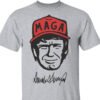 Sport Grey
Sport Grey White Colour
White Colour White
White Light Blue
Light Blue Light Blue Colour
Light Blue Colour Light Pink
Light Pink Military
Military S Light Pink
S Light Pink S Sand
S Sand S White
S White Sand
Sand Sand Colour
Sand Colour Sport Grey
Sport Grey White Colour
White Colour Black
Black Black Color
Black Color Black Colour
Black Colour Dark Heather
Dark Heather Dark Heather Color
Dark Heather Color Military
Military Navy
Navy P Black
P Black P Sport Grey
P Sport Grey Purple Color
Purple Color Royal
Royal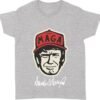 Sport Grey Color
Sport Grey Color Sport Grey Colour
Sport Grey Colour



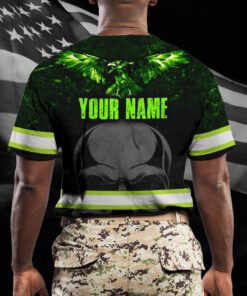
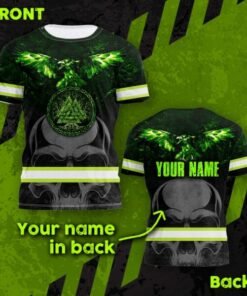












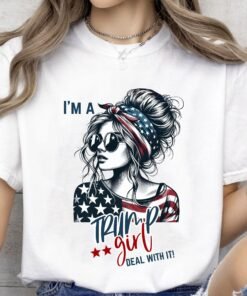


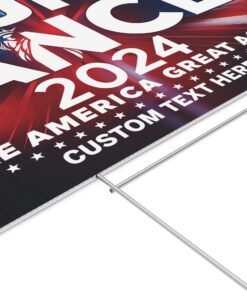

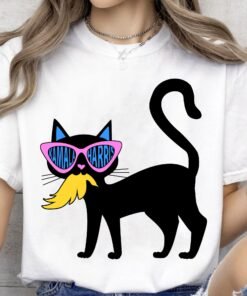
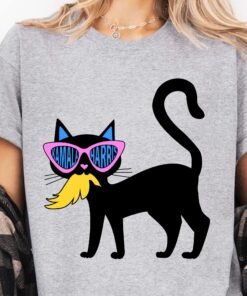













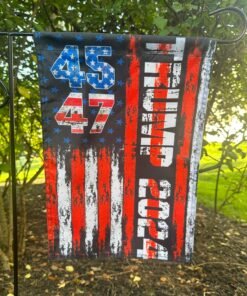







Reviews
There are no reviews yet.